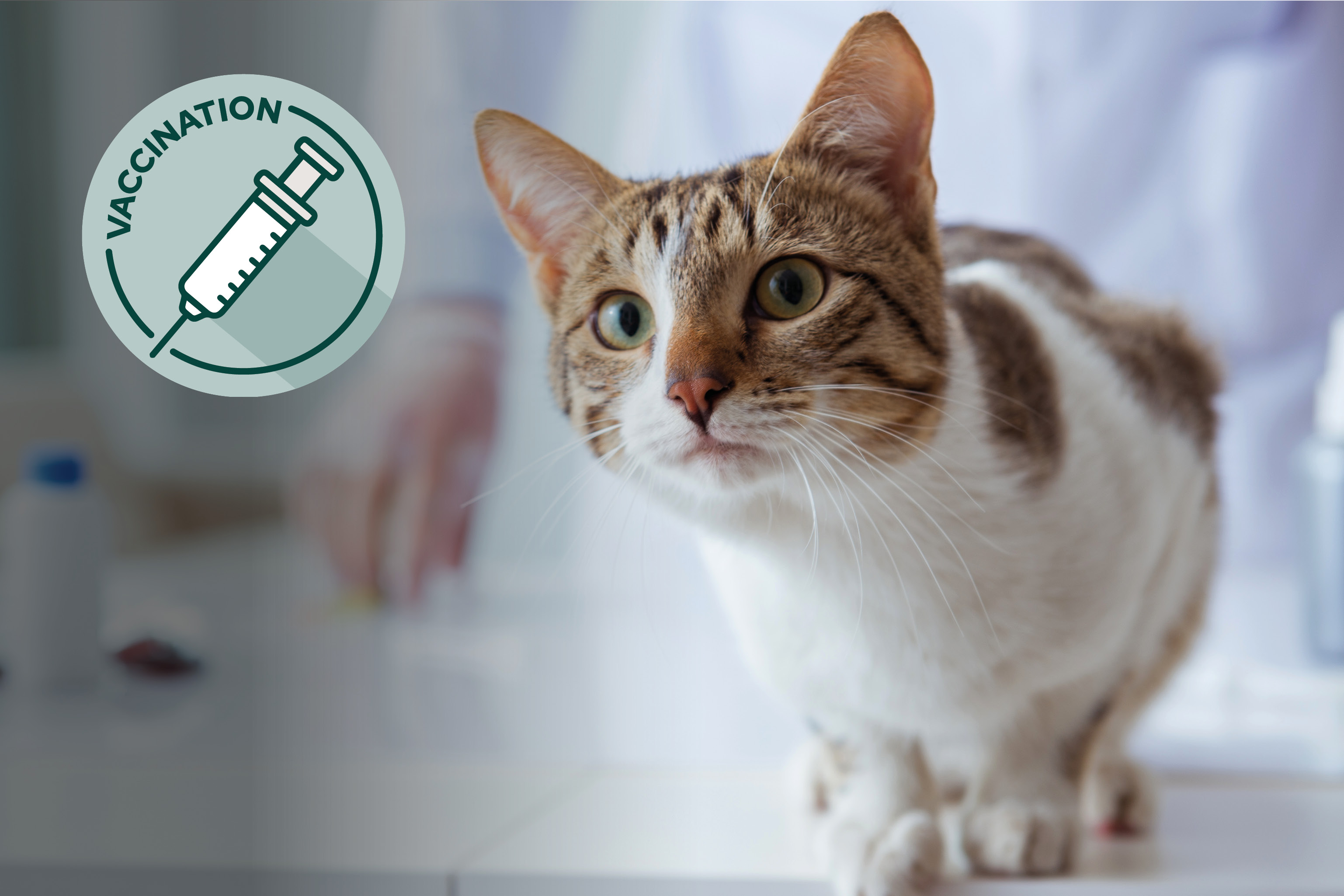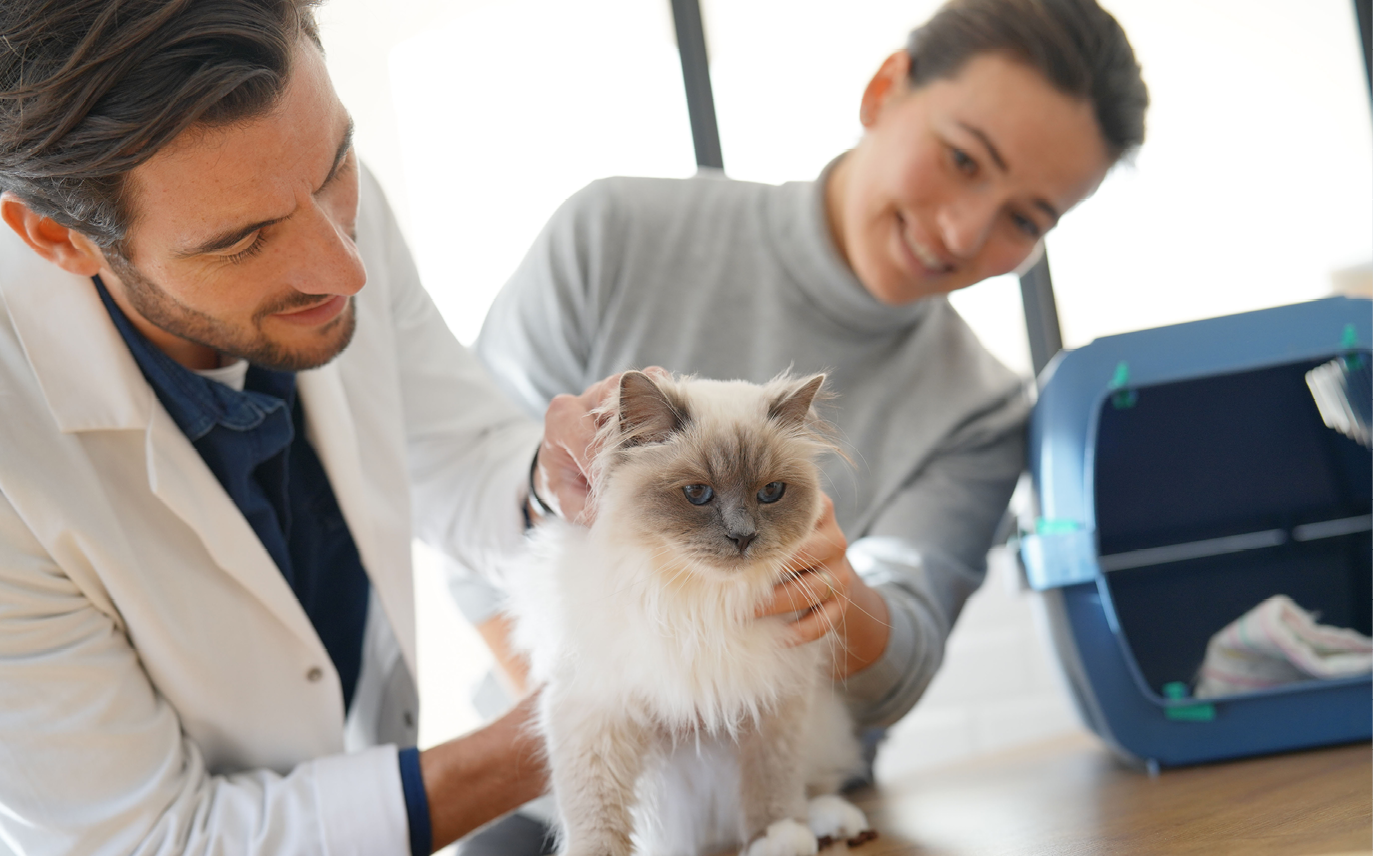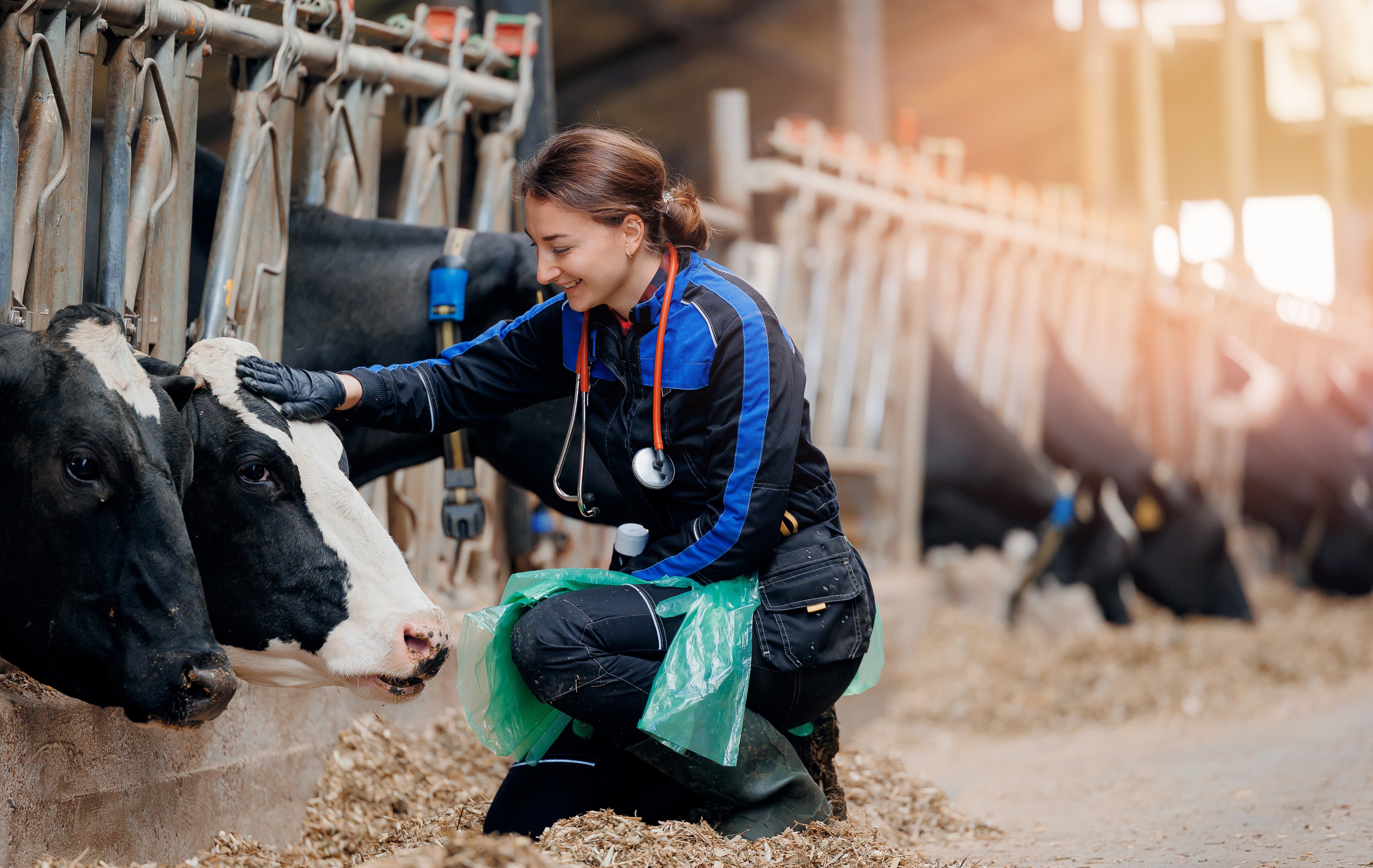
Feline leukemia virus: assessing its role in core vaccination protocols
![]() Published on June 25, 2024
Published on June 25, 2024
Powered by


Keeping kittens safe from feline leukemia virus
Feline Leukemia Virus (FeLV) is one of the most common infectious diseases affecting cats worldwide. In Canada the prevalence has been documented as being 3.1%1 to 3.4%2. The Companion Animal Parasite Council (CAPC) also has a prevalence map to track positive FeLV tests submitted to IDEXX® and Antech® Laboratories; this gives an estimation of FeLV risk in Canada in real time.3
The risk factors that increase a cat’s chances of acquiring FeLV infection include free-roaming outdoor lifestyle, being an unneutered young male, close contact with FeLV-positive cats, being born to an infected queen, and having concurrent illnesses.
FeLV has historically been considered a non-core or “lifestyle” vaccine for at-risk cats by many expert groups 4-6, however, the most recent AAHA/AAFP5 guidelines recommend that all kittens receive an initial FeLV vaccine series. Kittens under the age of 2 years are most susceptible to infection so it is recommended that they receive an initial 2-dose series and a booster dose a year later. The links to full vaccine guidelines are available below; they provide fantastic resources for your practice.4-6
It is also possible for the lifestyle of kittens to change, even if the pet owner’s original intent is to keep them strictly indoors. Therefore, until they are 2 years of age, it is ideal to maintain their FeLV immunization status in the event their living situation changes. The other scenario that is unfortunately all too common is that kittens are rehomed or surrendered to shelters once they become full-grown. This means that they may start off in a low-risk lifestyle (e.g. living in a one-cat high-rise condo) but then end up living in a multi-cat household where cats have the option of going outdoors unsupervised.
Regardless of why their lifestyle changes, vaccinating all kittens against FeLV ensures protection when they are at their most vulnerable.
Keeping adult cats safe from feline leukemia virus
Once cats have received their initial kitten series, including a booster one year later, a risk-benefit assessment should be conducted yearly to determine if the cat is at continued risk of FeLV exposure. Higher risk exists for cats that are allowed to roam outdoors freely where they could come into contact with FeLV-positive cats, or for cats that live with a FeLV-positive cat. There is also risk for the cat that stays indoors but lives with cats that roam freely outdoors. Cat owners that participate in fostering programs should also make sure their own cats are vaccinated against FeLV.
FeLV can be transmitted from cat to cat via bite wounds, but it can also be transmitted simply from cats being in close contact, grooming each other, or sharing water and food bowls. Adult cats determined to be at high risk of FeLV exposure should continue to be vaccinated annually.
Retrovirus testing
Knowing the retrovirus status of cats prior to vaccination is important. Ideally, kittens should be tested for FeLV upon intake into a shelter or rescue, or at the time of adoption. Cats with retroviral diseases (feline immunodeficiency virus (FIV, FeLV), that are currently healthy (i.e. not showing clinical signs of disease), should still receive their core vaccines as they are at more risk of developing severe clinical disease if exposed to feline parvovirus (FPV), herpesvirus (FHV-1) and calicivirus (FCV). In addition, cats that are FIV-positive should still be vaccinated against FeLV as they are immunocompromised and thus more susceptible to infection after exposure.
Cats that are already FeLV-positive do not benefit from receiving FeLV vaccines, but they should still receive core vaccines as they are immunocompromised and will be more susceptible to clinical disease if exposed to the core viral antigens.
All kittens in Canada should be protected against FeLV infection when they are under two years of age and are most susceptible. The recommendation is to administer two doses of FeLV vaccines, 3-4 weeks apart, starting as early as 8 weeks of age. A booster vaccine one year later is recommended. Annual risk-assessment should be done on all adult feline patients to determine if FeLV vaccination is warranted. The product offers safe and effective protection against FeLV.
Safety and purity: the vaccine that protects without compromise!
Discover it and preserve their nine lives!
You must be logged in to access the page.
REFERENCES
- Burling AN et al. Seroprevalences of feline leukemia virus and feline immunodeficiency virus infection in cats in the United States and Canada and risk factors for seropositivity. JAVMA. 2017;251(2):187-194.
- Little S et al. Seroprevalence of feline leukemia virus and feline immunodeficiency virus infection among cats in Canada. CVJ. 2009;50:644-748.
- https://capcvet.org/maps/#/2022/all-year/felv/cat/canada
- https://wsava.org/wp-content/uploads/2020/01/WSAVA-Vaccination-Guidelines-2015.pd
- https://www.aaha.org/globalassets/02-guidelines/feline-vaccination-guidlines/resource-center/2020-aahaa-afp-feline-vaccination-guidelines.pdf
- https://www.cathealthy.ca/protocols/vaccinations/


